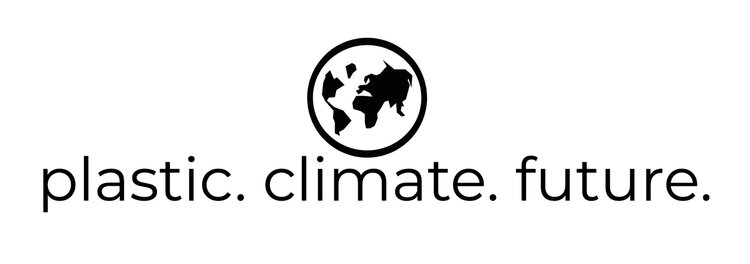Nike Circular Design Guide
Nike embraces circular economy. Nike’s sustainability report includes efforts to achieve zero-waste in its supply chain, invest in technologies to drive 100% renewable energy within its factories, and reduce toxic chemical output from dying processes from entering the environment. Already in 2018, Nike claimed that 75 percent of all Nike shoes and apparel now contain some recycled material. In 2019, Nike published its Circular Design Guide to provide designers and product creators across the industry with a common language for circularity. It was created in collaboration with the students and staff of the University of the Arts London and follows on the notion that the future of design is one of opportunity. Now in 2020, the Move to Zero initiative is Nike’s most recent incentive to promote a zero was and zero carbon future by products designed for longevity out of recycled materials and made for remanufacturing. Those ambitions manifest in the form of a “new circular business model that offers high-quality, refurbished products” at enticing prices at selected retail locations. In addition the Nike Refurbished program will support a “sustainable lifestyle” for its consumers through an owned resale operation where it controls and verifies product authenticity.
ON Cyclon - A Circular Running Shoe
Abandoning the concept of ownership for circularity - how much does it cost?
To fully embrace circularity, it is not enough to implement closed-loop recyclability concepts into materials design and then still follow the classic buy-it-and-own-it business model. Innovative subscription business models paired with a closed loop production can help reducing the environmental impact. Maybe you already know the ‘shoescription’ concept by On. For €29.95 a month, customers can "rent" a pair of Cyclon running shoes - 100% recyclable and made from 50% biobased materials. At the end of the shoes’ life, you can exchange the old pair for a new set made from someone else's recycled shoes.
What's interesting is the math: Replaced after 400km, which amounts to about 10 months of 10km/week it would make one pair of Cyclon shoes cost a subscriber around €300, which is rather at the end of the high-end spectrum of athletic shoes. So what's the added value if you are not a long-distance runner?
It's actually 3-fold: reducing waste, traceability of the product, and end-of-life management that is being taken care of. The costs for the customer and the company do not change but the environment is spared of another item sent to landfill.
Is it worth it? You decide...
MUD Jeans - On the Way to the ZERO Waste Jeans
MUD Jeans takes responsibility in the so often criticized fashion industry very seriously and therefore applies the principles of circular economy to reduce their environmental impact. At first glance, this seems not particularly peculiar because more and more fashion brands adapt circular business models in the fashion business. What is interesting is which circularity principles MUD Jeans is focusing on. Next to using renewable and recyclable materials and a leasing model, MUD directs a significant part of their efforts onto the supply chain. The trick is to keep the supply chain as short as possible. With only 5 supply chain partners, MUD Jeans knows exactly who is making the jeans, and how and under what conditions. This not only allows to maintain full transparency, but also creates an ecosystem for innovation among these supply chain partners.
Abandoning the linear model forces the suppliers to adopt a systems thinking. Once this happens, the all stakeholders along the value chain recognize that they are not isolated in their roles within the system but are able to create new value propositions by collaborating in a symbiotic way. That’s why, for example, all MUD Jeans suppliers show active initiative in lowering CO2 impact and minimizing energy consumption by aiming for 100% renewable energy or energy self-sufficiency through co-generation stations.
Check out their Sustainability Report for more comprehensive insights.
VOLVO Cars - Reducing Emissions before Moving
Sustainability starts with design— not just product design, but also all the different design components that go into creating mobility solutions. Volvo’s circularity strategy also has some very particular aspects that are worth mentioning. Volvo follows a holistic circular design approach to permanently shift away from a linear economy.
Considering the fact that only 50% of the total CO2 emissions are caused by actually moving the car, Volvo strongly focuses their sustainability efforts onto circular design and circular business models to reduce the impact already before their cars even hit the road. Apart from goals like using 25% recycled materials by 2025 or reducing waste by 15% by the end of 2021, Volvo also implements sustainable measures across the manufacturing, supply chain and sales network.
Apart from that shared mobility complements private car and public transport by enabling car/ride sharing. They call it Smart car sharing and flexible true subscription, which were some of the first direct to consumer shared product offers in the automotive sector.
